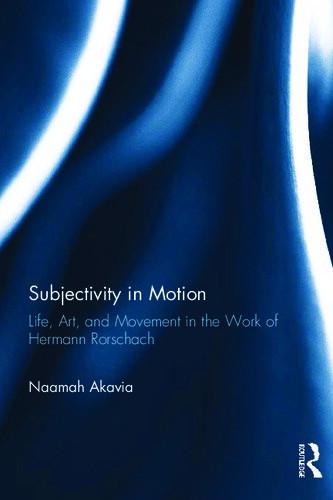

Most ebook files are in PDF format, so you can easily read them using various software such as Foxit Reader or directly on the Google Chrome browser.
Some ebook files are released by publishers in other formats such as .awz, .mobi, .epub, .fb2, etc. You may need to install specific software to read these formats on mobile/PC, such as Calibre.
Please read the tutorial at this link. https://ebooknice.com/page/post?id=faq
We offer FREE conversion to the popular formats you request; however, this may take some time. Therefore, right after payment, please email us, and we will try to provide the service as quickly as possible.
For some exceptional file formats or broken links (if any), please refrain from opening any disputes. Instead, email us first, and we will try to assist within a maximum of 6 hours.
EbookNice Team

Status:
Available4.5
13 reviews
ISBN 10: 0415536235
ISBN 13: 9780415536233
Author: Naamah Akavia
The motif of human movement has long been understood as central to Hermann Rorschach’s strikingly innovative inkblot experiment. But owing to Rorschach’s untimely death a year after publishing his famous work, Psychodiagnostics, the world has lacked an adequate understanding of how he came to put so much stress on human movement in his unique perceptual theory. Now historian Naamah Akavia changes that with her illuminating study of the intellectual and clinical development of this Swiss pioneer. Based on new archival researches and an unprecedented appreciation for Rorschach’s milieu and his times, Subjectivity in Motion: Life, Art, and Movement in the Work of Hermann Rorschach is destined to become an instant classic in the history of psychology and psychiatry—and an important new contribution to our understanding of how movement figures in modernity generally. The historian will appreciate the intricate analysis of Rorschach’s engagement with a wide variety of figures and movements ranging from Mourly Vold and Freud to Jung and Eugen Bleuler, from schizophrenia to Russian Futurism and Eurhythmics, from the word association experiment to the works of Alfred Kulbin and Ferdinand Hodler. But it is the psychologist who will benefit most profoundly from this richly detailed exploration, for the topic of human movement, how it is perceived, and how that figures in personality generally will never quite look the same again.
9.1 motion
motion seven
motion 6th grade science
motion 6th grade
6 examples of motion
concept review section motion and force
Tags: Naamah Akavia, Subjectivity, Motion